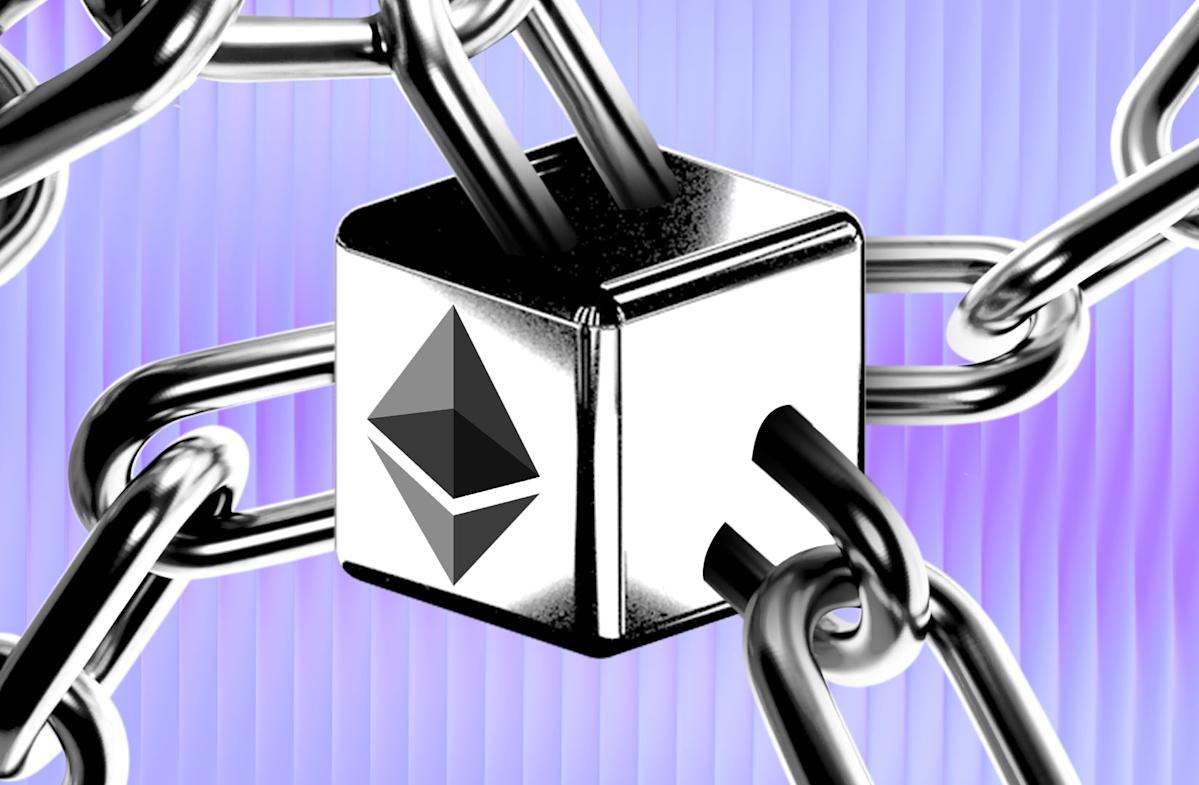Ethereum devs set date for key upgrade bringing eight-fold scaling increase to Layer 2s
Ethereum’s core developers have set a date for the blockchain’s next major upgrade.
The so-called Fusaka upgrade is planned to go live on Ethereum’s mainnet on December 3, as announced in the latest developer call on Thursday.
Like previous Ethereum upgrades, Fusaka contains a smorgasbord of individual changes to the blockchain’s code. Several of them will bring big improvements to scalability — or how many transactions Ethereum can process.
Ethereum has long been the premier destination for decentralised finance, code deployed on the blockchain that lets users swap and lend crypto assets without the need for a middleman.
The network hosts more than $132 billion worth of deposits to protocols, almost nine times more than the next biggest blockchain, Solana, per DefiLlama data.
But Ethereum self-limits its transaction capacity to prevent bad actors from spamming the network, among other reasons.
The proposals in the Fusaka upgrade will help expand the network’s transaction capacity while maintaining the security and decentralisation guarantees its users value.
Fusaka’s headline improvement is called peer data availability sampling, or PeerDAS. It increases the amount of data that layer 2s – separate blockchains built on top of Ethereum – can post to the main network for validation.
Currently, Ethereum nodes must store all the data posted by these layer 2s. As throughput increases, downloading all this data becomes untenable.
With data availability sampling, nodes only need to store one-eighth of the data they currently need, resulting in a theoretical eight-fold increase in throughput.
Fusaka also lays the groundwork for raising the block gas limit, a way for the blockchain to include more transactions in each block it produces.
Offsetting
Another code update will coordinate Ethereum clients – software that lets computers connect to and interact with the Ethereum network – to test higher limits, up to a 233% increase over the current limit.
Several other Fusaka proposals introduce changes designed to offset the negative impacts of raising the gas limit, such as making the network more vulnerable to denial-of-service attacks.
Other downsides of raising the gas limit include potentially reducing Ethereum’s decentralisation and causing the blockchain’s state to grow at a faster rate.
Ethereum isn’t the only network looking to scale through raising the block gas limit.
Developers at Polygon, an Ethereum-compatible blockchain, are planning to increase the gas limit on the blockchain by 33% to boost transaction capacity.



Leave a Comment
Your email address will not be published. Required fields are marked *